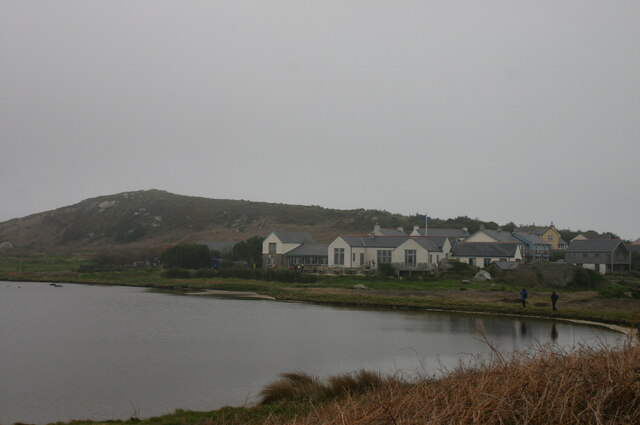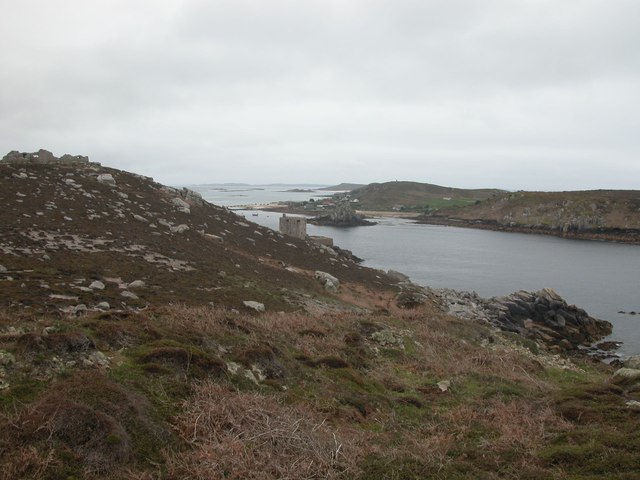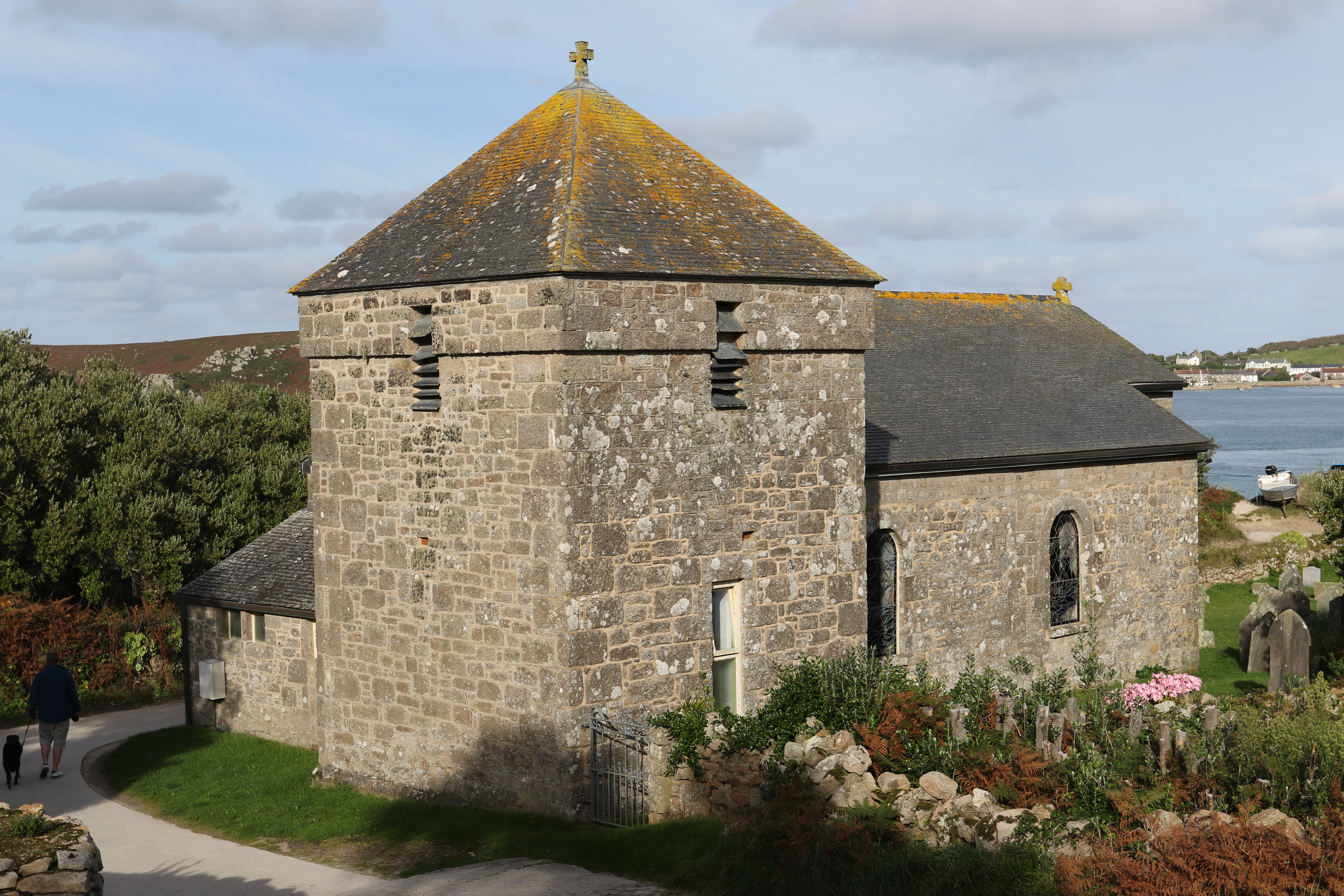Point of Bars
Coastal Feature, Headland, Point in Cornwall
England
Point of Bars

Point of Bars, Cornwall is a prominent coastal feature located on the southwestern coast of England. It is classified as a headland and point, and is known for its stunning natural beauty and rich maritime history.
Situated in the county of Cornwall, Point of Bars juts out into the Atlantic Ocean, offering breathtaking views of the surrounding coastline. It is characterized by rugged cliffs that rise steeply from the sea, creating a dramatic and picturesque landscape. The headland is made up of a combination of rocky outcrops and grassy slopes, providing a habitat for a diverse range of plant and animal species.
The area is popular among nature enthusiasts and hikers who come to explore the network of coastal paths and enjoy the stunning scenery. Point of Bars is also renowned for its wildlife, with sightings of seabirds such as gannets and puffins being common. The surrounding waters are teeming with marine life, making it a popular spot for fishing and diving.
In addition to its natural beauty, Point of Bars has a rich maritime history. The headland has witnessed numerous shipwrecks over the centuries, and the treacherous waters around it have earned the area a reputation as a challenging navigational point. The remnants of some of these shipwrecks can still be seen along the coastline, adding to the area's historical allure.
Overall, Point of Bars, Cornwall is a captivating coastal feature that offers a unique blend of natural beauty and historical significance. Its stunning cliffs, diverse wildlife, and maritime heritage make it a must-visit destination for tourists and locals alike.
If you have any feedback on the listing, please let us know in the comments section below.
Point of Bars Images
Images are sourced within 2km of 49.949525/-6.359948 or Grid Reference SV8714. Thanks to Geograph Open Source API. All images are credited.













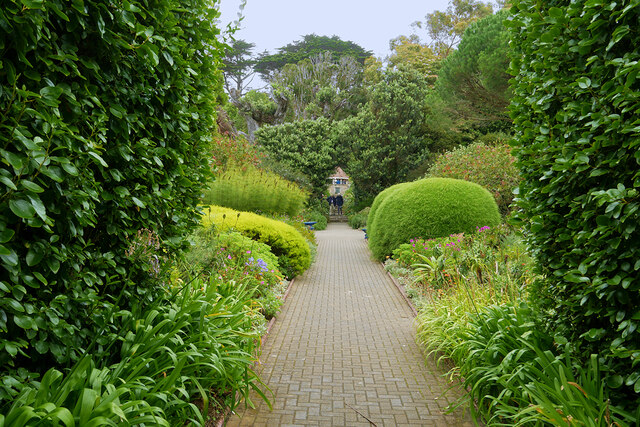
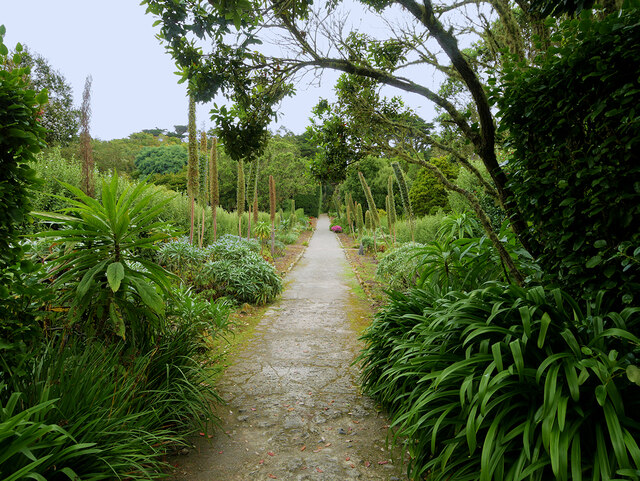
Point of Bars is located at Grid Ref: SV8714 (Lat: 49.949525, Lng: -6.359948)
Division: Isles of Scilly
Unitary Authority: Isles of Scilly
Police Authority: Devon and Cornwall
What 3 Words
///pickup.glorious.bikers. Near Bryher, Isles of Scilly
Nearby Locations
Related Wikis
Bryher
Bryher (Cornish: Breyer, lit. 'place of hills') is one of the smallest inhabited islands of the Isles of Scilly, with a population of 84 in 2011, spread...
All Saints' Church, Bryher
All Saints' Church is a Grade II listed parish church in the Church of England located in Bryher, Isles of Scilly. == History == Bryher is the most westerly...
Gweal, Isles of Scilly
Gweal ( GWEEL; Cornish: Gwydhyel, lit. 'place of trees') is one of the Isles of Scilly. It is the largest of the seven Norrard Rocks due west of Bryher...
Norrard Rocks
The Norrard (Northern) Rocks are a group of small uninhabited granite rocks in the north–western part of the Isles of Scilly, to the west of Bryher and...
Nearby Amenities
Located within 500m of 49.949525,-6.359948Have you been to Point of Bars?
Leave your review of Point of Bars below (or comments, questions and feedback).
